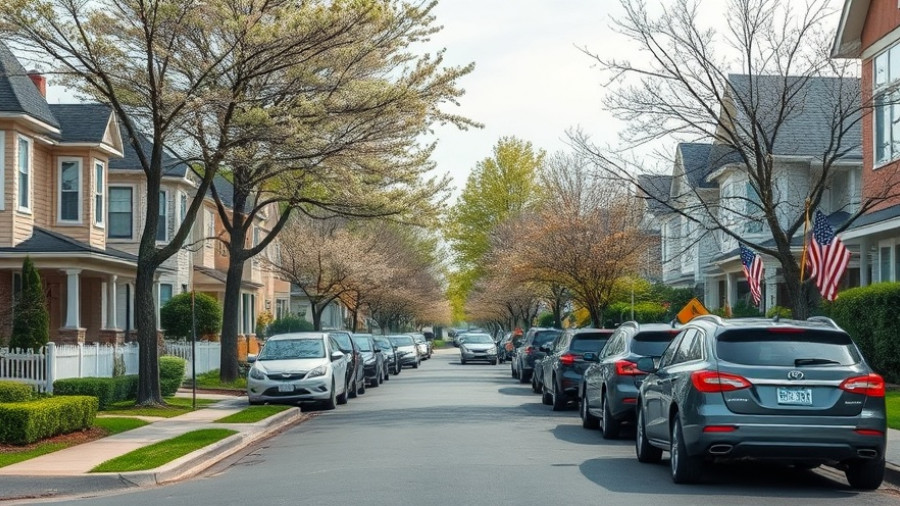
Are HMOs the Next Big Thing for Young Londoners?
As young homeowners in London, you may be contemplating how to best manage your property investments and discover opportunities that maximize returns. One increasingly popular option you may want to explore is investing in Houses in Multiple Occupation (HMOs).
The Growing Appeal of HMOs
Houses in Multiple Occupation are becoming a preferred choice among landlords looking to boost their profits. Unlike standard buy-to-let properties, HMOs cater to multiple tenants, leading to higher rental yields. New research by COHO indicates that the average HMO in England and Wales stands at an impressive value of £293,197, allowing landlords to generate an average annual income of £29,750. In bustling London, where real estate prices tend to soar, the average HMO costs about £660,227, yielding annual rental returns of around £40,169.
Comparison of HMOs and Standard Buy-to-Lets
When we compare HMOs with traditional buy-to-let properties, the figures tell an interesting story. Buy-to-let properties in England and Wales have an average asking rent of £1,526 per month, translating to an annual rental income of £18,312. However, despite these figures, traditional buy-to-lets generally yield lower returns than their HMO counterparts, especially in a fluctuating market.
The Financial Advantages of HMO Investments
Investing in an HMO can help maximize your investment returns thanks to the structure of tenancy agreements. Each tenant in an HMO has their own agreement, reducing overall void periods significantly compared to a single tenancy for a buy-to-let property. This model leads to a steady rental income, enhancing financial stability for landlords.
Rising Demand for Rental Properties
With cities like London experiencing a continuous influx of working professionals, the demand for rental properties, especially HMOs, is on the rise. Young professionals often look for shared accommodation, valuing the immediacy of affordable rents and convenience in urban living. Elevating the standards of HMOs—making them eco-friendlier and equipped with smart technology—can further attract this demographic. Designing chic, sustainable living spaces that embrace connected home technologies can not only pull in tenants but also contribute positively towards your overall investment.
Navigating Challenges and Regulations
While the prospects of investing in HMOs are enticing, you must also consider the associated challenges. Regulating bodies have imposed stringent rules regarding safety and licensing for HMOs. So, understanding legislation and compliance is crucial to successfully managing such a property.
Conclusion: Is Investing in HMOs Right for You?
HMOs present compelling benefits, especially for tech-savvy young homeowners interested in diversifying their investment portfolios. However, diving into this market necessitates careful planning and awareness of legal requirements. As the London rental market evolves, making informed decisions about your investments can strengthen your financial future.
If you're ready to explore the exciting opportunities in HMO investments and wish to enhance your understanding further, reach out to local property experts or connect with fellow investors in your community. The journey toward higher yields starts with the right knowledge!
 Add Row
Add Row  Add
Add 




Write A Comment